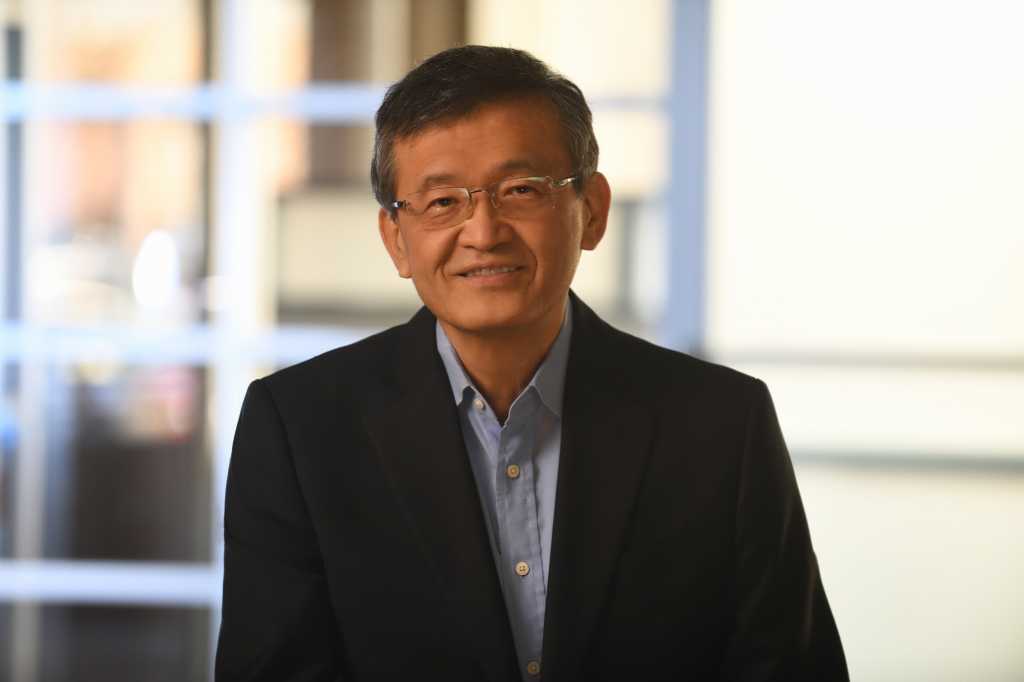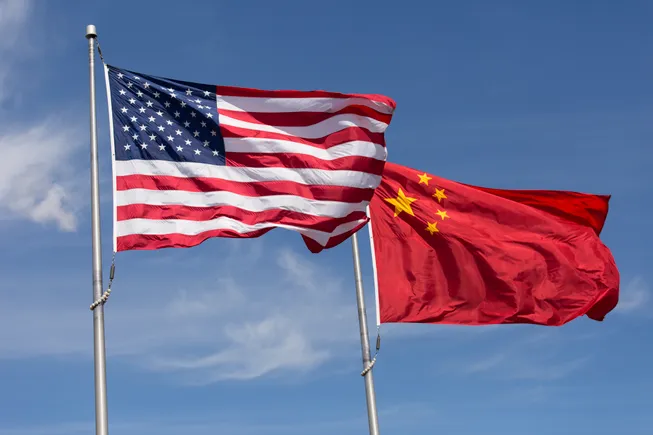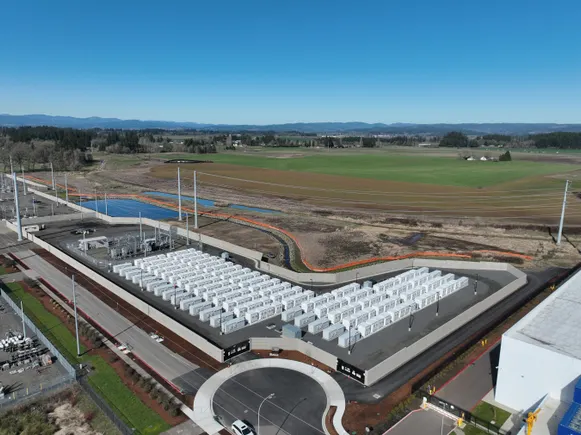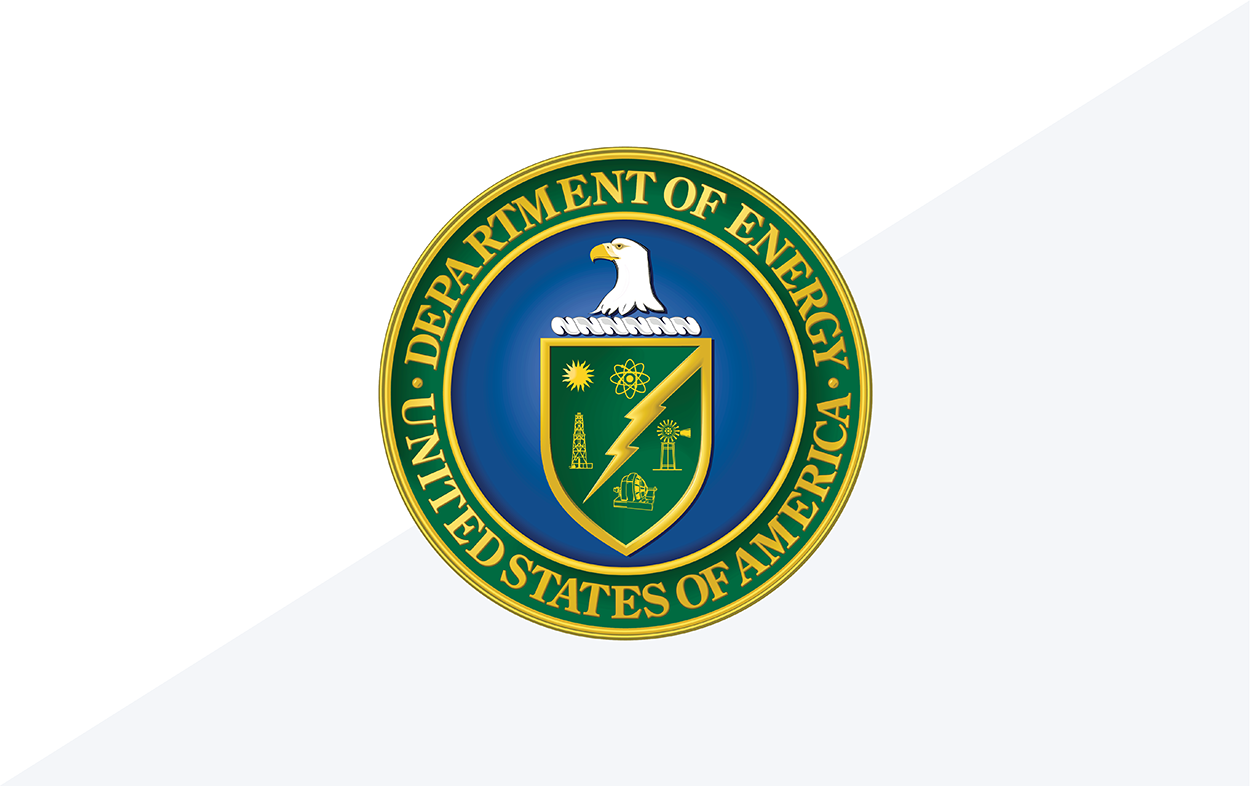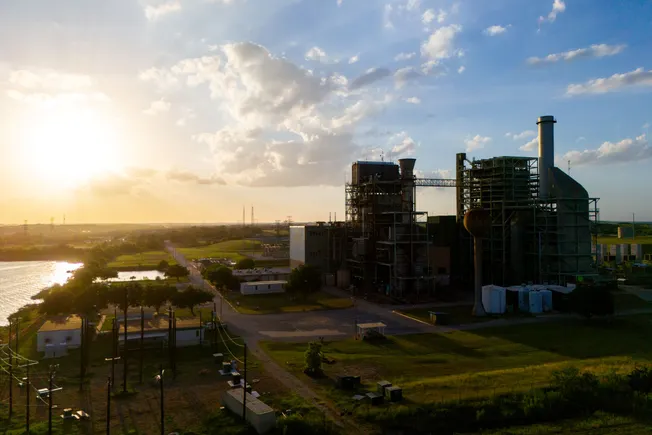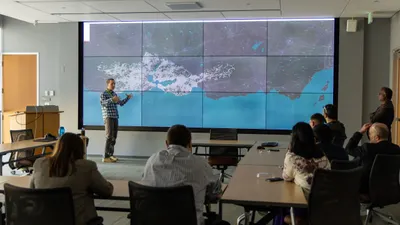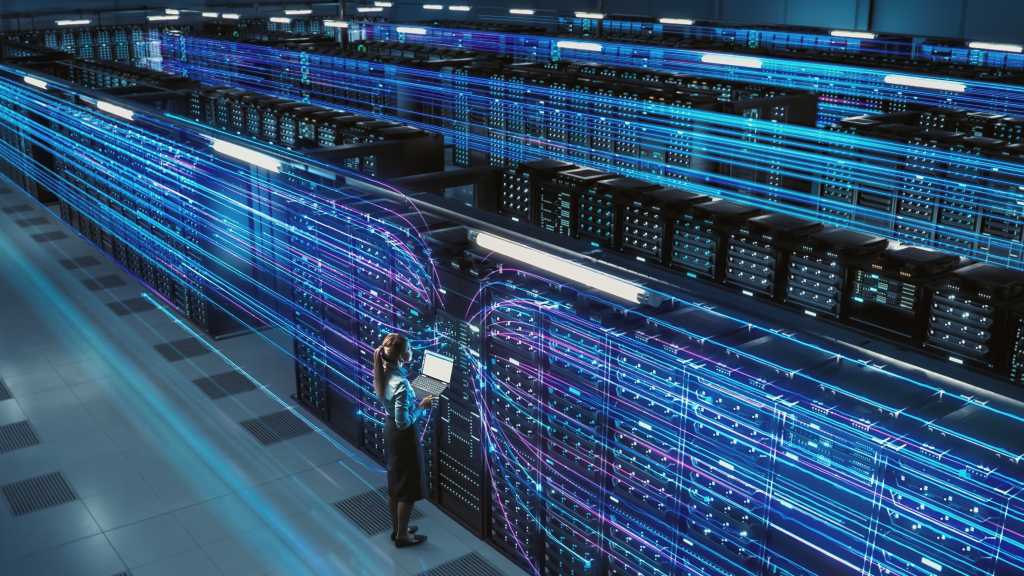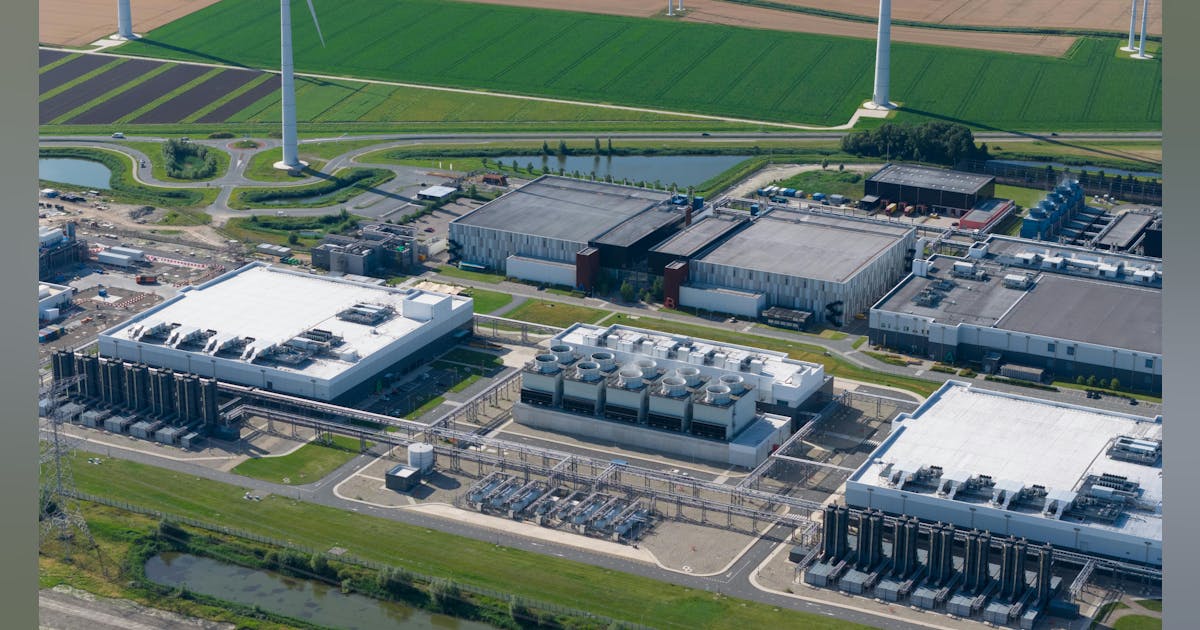Sayma Cox, former CEO of Aberdeen-based North Sea Midstream Partners (NSMP), has revealed plans for her new venture.
Concordia Energy, a brand-new oil and gas company set to launch this month aims to “do business differently,” Cox says.
“In the complex world of dealmaking, mergers and acquisitions, Concordia Energy’s business model is crystal clear. With a global reach, we will invest in existing producing assets with a non-operated stake,” she explains.
“Our vision is to be the world’s leading non-operated oil and gas partner, recognised for our ability to align joint ventures, unlock hidden value, and drive superior performance.”
It comes at a time when the energy sector is seeing frequent reports of oil and gas company portfolio divestments, mergers and strategic moves away from the UK.
“These are exciting times for an agile, well-funded business,” Cox adds. “We know a good asset when we see one and we know how to partner to maximise value.”
Cox’s career in oil and gas spans 27 years, having started as a drilling engineer for ConocoPhillips in the North Sea.
She also worked globally for major players including Woodside, Dubai Petroleum, Petrofac, Maersk Oil and bp, where she oversaw around 400 of their non-operated joint ventures in 60 countries.
Her most recent role was as CEO of NSMP, from which she stepped down last December to focus on her new venture.
“This is a modern business unconstrained by legacy politics or a hierarchy which makes decisions difficult,” Cox says.
“We will run a lean team and leverage our skill sets to identify opportunities, enhancing our research powers with the extraordinary power of AI to analyse targets, meaning we only go after opportunities that fully match our exacting criteria.
“The upside for potential partners is that our size and agility will streamline the dealmaking process, whilst our partnering experience means that once we are locked in, we can make a difference. In fact, the golden thread through all of this is around partnering to get the most out of the assets.
“The industry is changing but the need for hydrocarbons is not going away any time soon. Concordia Energy’s base of intelligence, experience and financial independence means we are strongly positioned to harvest the best JV opportunities and build a powerful, lower risk, diverse global portfolio.”
Sayma also serves as a member of the newly formed PRAGMA Energy advocacy committee and was recently appointed as a non-executive director on the board of Energean.
Recommended for you

Power Moves: Mainstream Renewable Power CEO and more

